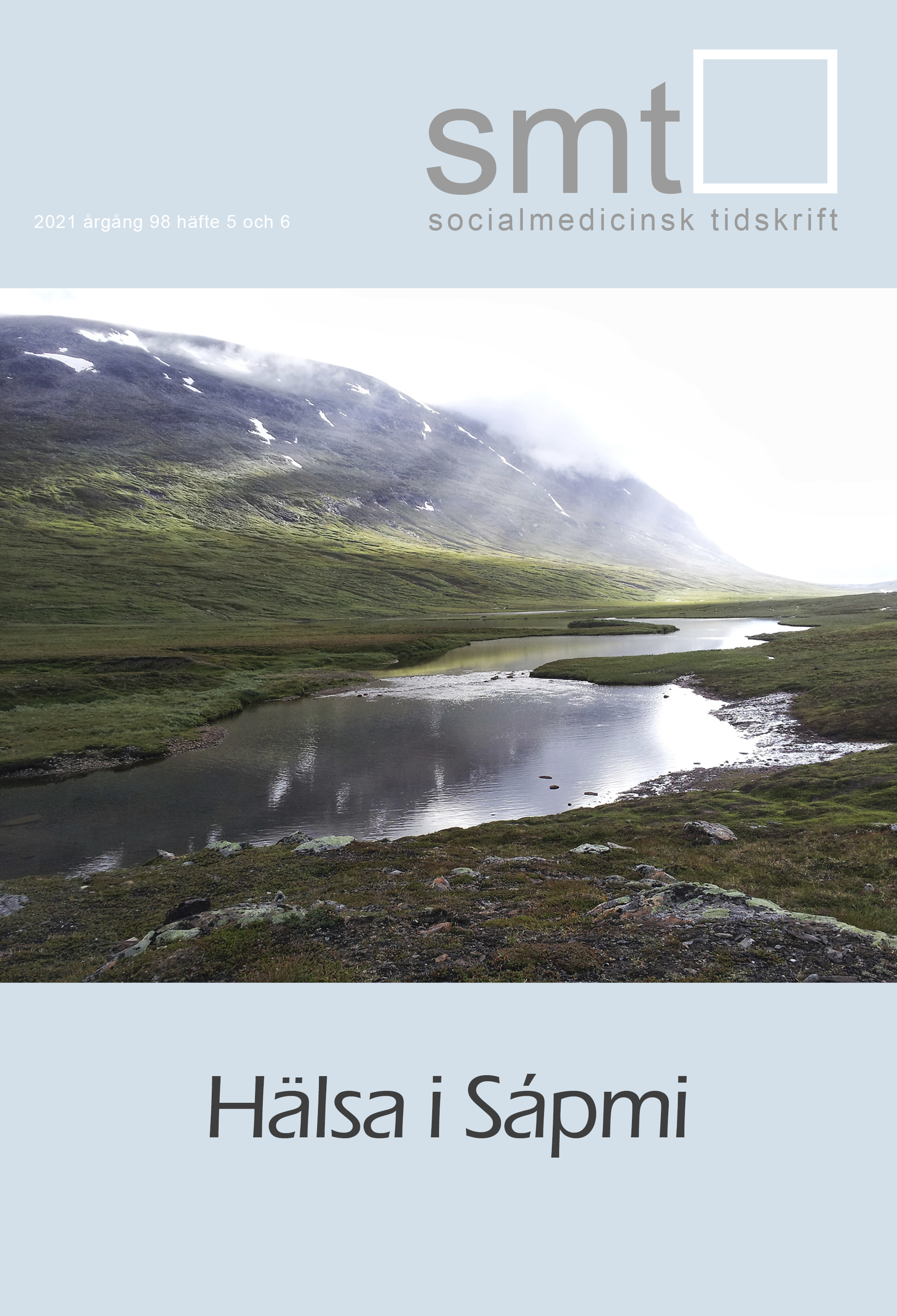Abstract
Ethnicity is a common variable in epidemiology, which clusters individuals with some shared characteristics. Often it is not specified what is meant by a given ethnicity or what characteristics ethnicity entails in the different contexts. In public health research, ethnicity can be viewed as a non-modifiable risk factor of disease because modifying the ethnic composition in a population is not meaningful, nor ethical, public health policy. Importantly, ethnicity is typically associated with modifiable risk factors that are possible to intervene on for improvement of public health, and hence viewed as a risk marker not a risk factor. In the SAMINOR 1 Survey (2003–2004) from Northern and Mid Norway, Sami people were on average 6 cm lower than non-Sami people that lived in the same rural area. Low height has been associated with a higher risk of coronary heart disease, stroke, and diabetes, lower risk of some cancer types, and lower socioeconomic status. This article aims to discuss the use and interpretation of ethnicity and height in epidemiologic research when comparing Sami to non-Sami populations. Body height is a highly heritable trait in individuals, whereas at population level, the average height may be a marker of long-term exposure to health and living conditions, and hence, a non-modifiable variable for interventions at the time. We argue that height may be both an important risk factor for chronic lifestyle disease and an explanatory variable in studies of chronic lifestyle diseases in Sami vs non-Sami populations. For better interpretability of study results, we encourage researchers to express what components or characteristics are assumed to comprise Sami ethnicity and height and clarify which variables may provide interventions. Furthermore, we urge researchers to be aware of the potential for bias when studying health measures influenced by height, such as the popular body mass index.

This work is licensed under a Creative Commons Attribution-NonCommercial 3.0 Unported License.
Copyright (c) 2021 Susanna Ragnhild Andersdatter Siri, Vilde Michalsen
